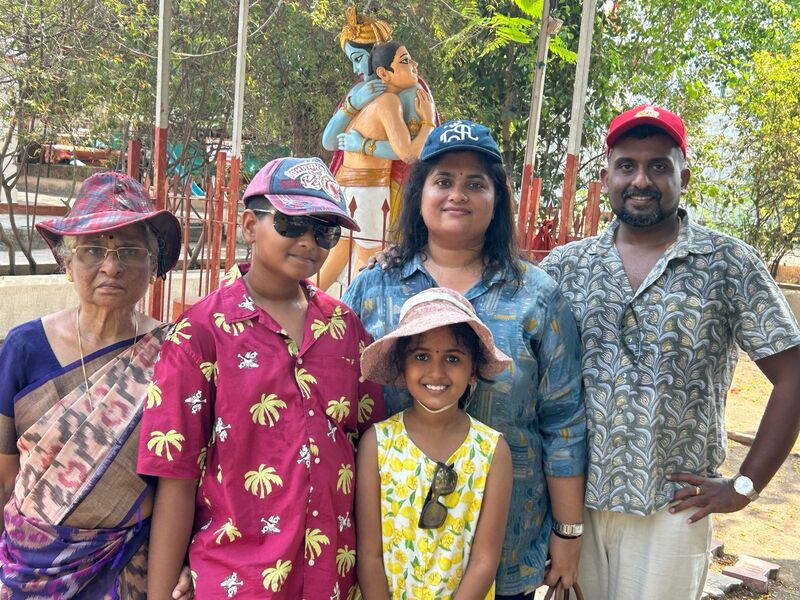In May 2025, I, along with my wife Sreedevi, children Madhav and Sivada, and my mother Leela, embarked on an unforgettable journey across Gujarat. Our plan was crafted around a family wedding in Ahmedabad, but we took this as an opportunity to explore the spiritual richness of Dwaraka and Somnath, followed by the architectural and ecological marvels of the Statue of Unity in Vadodara. This blog shares our day-by-day experience, highlights from each destination, tips, and a suggested itinerary if you're planning a similar trip.
Day 1 - May 8: Cochin to Ahmedabad | A Tranquil Evening in the City of Gandhi
Our journey began with an early morning flight at 5:25 AM from Cochin via Bengaluru, and we reached Ahmedabad at 10:40 AM. After checking into our hotel and refreshing ourselves, we were ready to explore the city that played a crucial role in India's independence movement.
Our first stop was the Sabarmati Ashram, the residence of Mahatma Gandhi from 1917 to 1930 and the starting point of his famous Salt March. The ashram, with its serene atmosphere, proved to be a grounding start to our Gujarat adventure. Walking through the museum that chronicles Bapu's life and philosophy was both educational and inspiring.
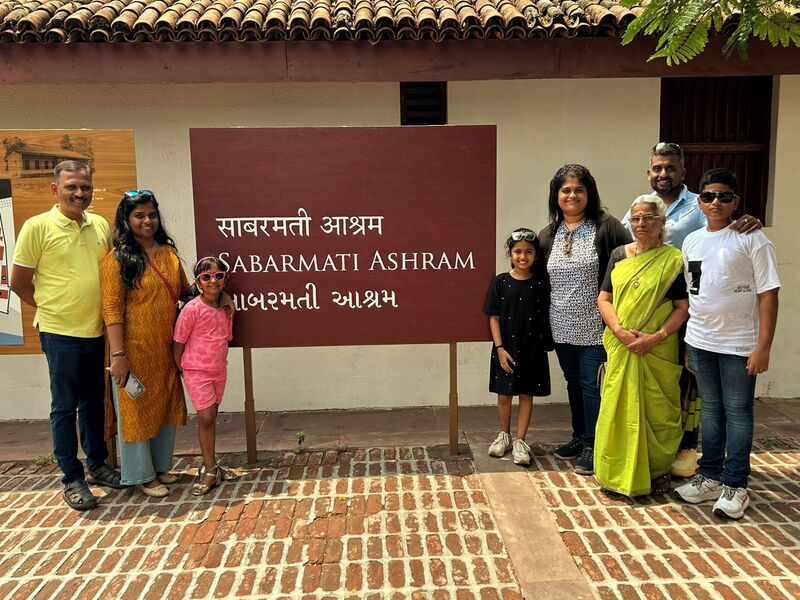
As evening approached, we headed to the Sabarmati Riverfront and the beautiful Atal Bridge. The colorfully lit pedestrian bridge offered stunning views of the river and the city skyline—perfect for family photos and a leisurely stroll.
We concluded our first day at Kankaria Lake, a popular recreational spot for locals and tourists alike. The children particularly enjoyed the toy train ride around the lake and were mesmerized by the musical fountain show. The ancient Kankaria Stepwell nearby was an architectural delight that caught our attention.
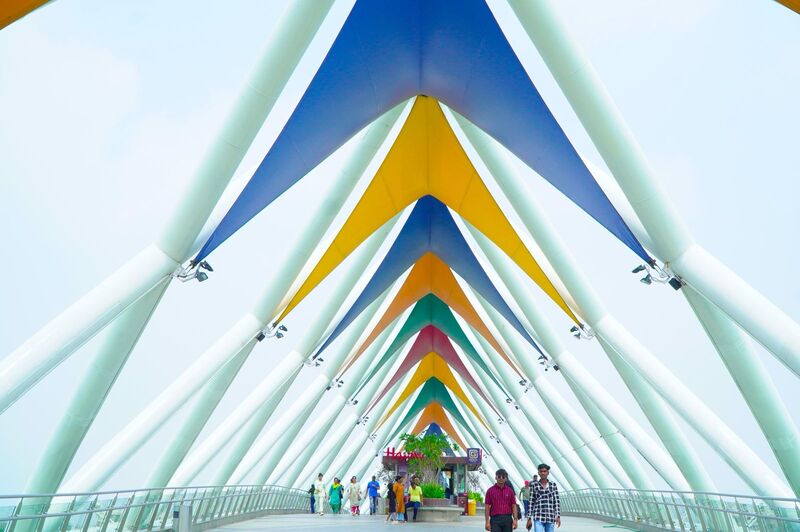
Day 2 - May 9: Family Wedding & Train to Dwaraka
The second day was dedicated to the family wedding, which was the primary purpose of our trip. The traditional Gujarati wedding was a colorful and joyous occasion, with delicious local cuisine and heartwarming ceremonies that kept us engaged throughout the day.
In the evening, we boarded an overnight train to Dwaraka, ready to explore the spiritual side of Gujarat. The journey was smooth and comfortable, allowing us to rest well for the adventures ahead.
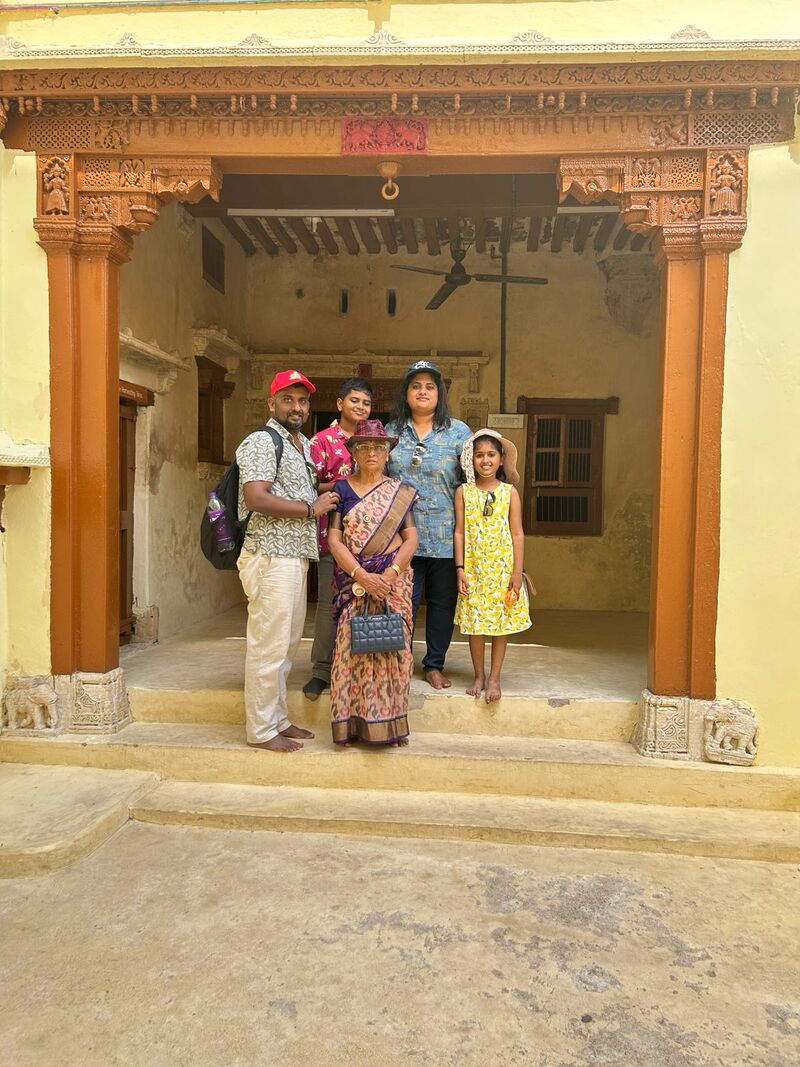
Day 3 - May 10: Spiritual Immersion in Dwaraka
We arrived in Dwaraka early morning and headed straight to the Dwarkadhish Temple to attend the Mangala Aarti at dawn. This ancient temple, dedicated to Lord Krishna, is one of the Char Dham pilgrimage sites and is believed to be over 2,000 years old. The experience was spiritually energizing, with the rhythmic chants and the morning sun rays filtering through the intricately carved pillars.
Next, we visited the Nageshwar Jyotirlinga Temple, one of the twelve sacred Shiva shrines in India. The towering statue of Lord Shiva in the temple complex is awe-inspiring, and the peaceful atmosphere allowed for quiet reflection.
After lunch, we took a ferry to Bet Dwaraka, believed to be Lord Krishna's legendary residence. The boat ride from Okha port was enjoyable, offering beautiful views of the coastline. The temple here is smaller but holds immense religious significance.
We then visited the Rukmini Devi Temple, located about 2 km from the main Dwarkadhish Temple. Dedicated to Krishna's wife Rukmini, this temple stands out for its exquisite carvings and the unique mythology associated with it.
As the sun began to set, we spent our evening at Gomti Ghat, the meeting point of Gomti River with the Arabian Sea. The ghat is considered a sacred bathing spot, believed to be the Triveni Sangam of Gomti, Ganga, and Yamuna. Watching the sunset while listening to the rhythmic sounds of temple bells and waves created a serene end to our day.
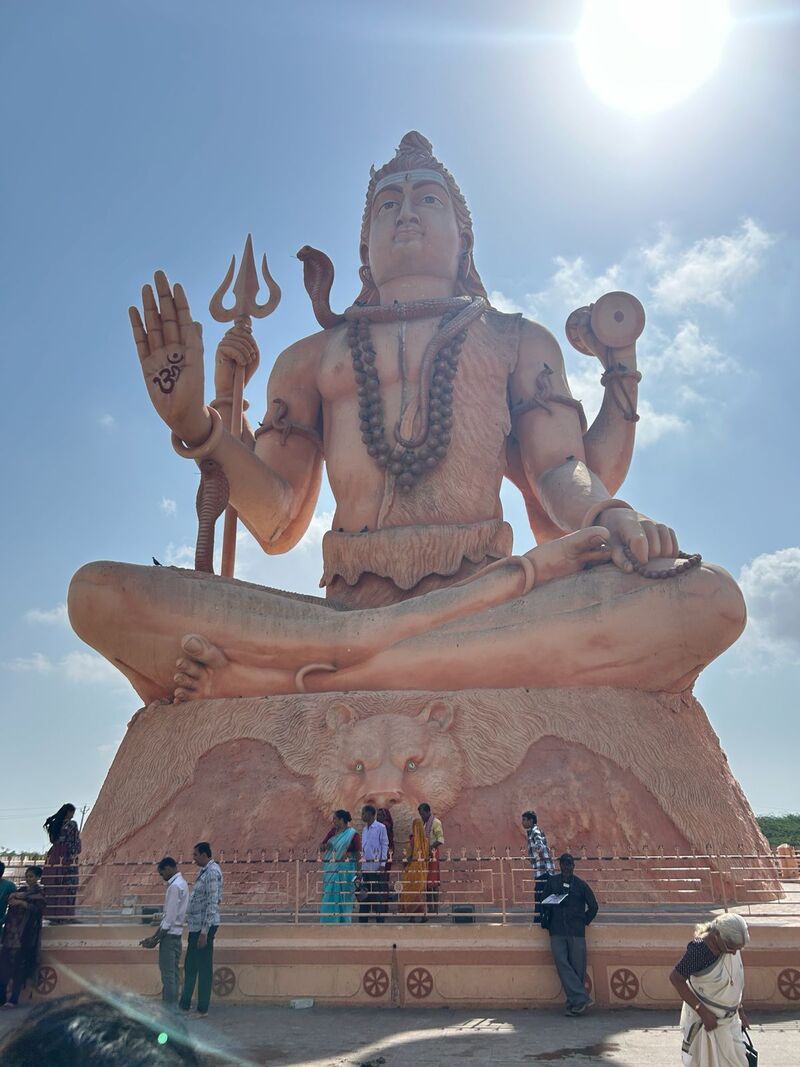
Day 4 - May 11: From Dwaraka to Somnath via Porbandar
We started early and took the scenic coastal road from Dwaraka to Somnath. Our first stop was the Harshidhi Mata Temple near Dwarka, an ancient shrine with impressive architecture.
Next, we visited Mool Dwarka, a lesser-known but sacred Krishna site that offered a peaceful alternative to the more crowded destinations.
By mid-day, we reached Porbandar, the birthplace of Mahatma Gandhi. Our visit to Kirti Mandir, Gandhi's ancestral home turned museum, provided fascinating insights into the early life of the Father of the Nation. The museum houses photographs, artifacts, and mementos related to Gandhi's life.
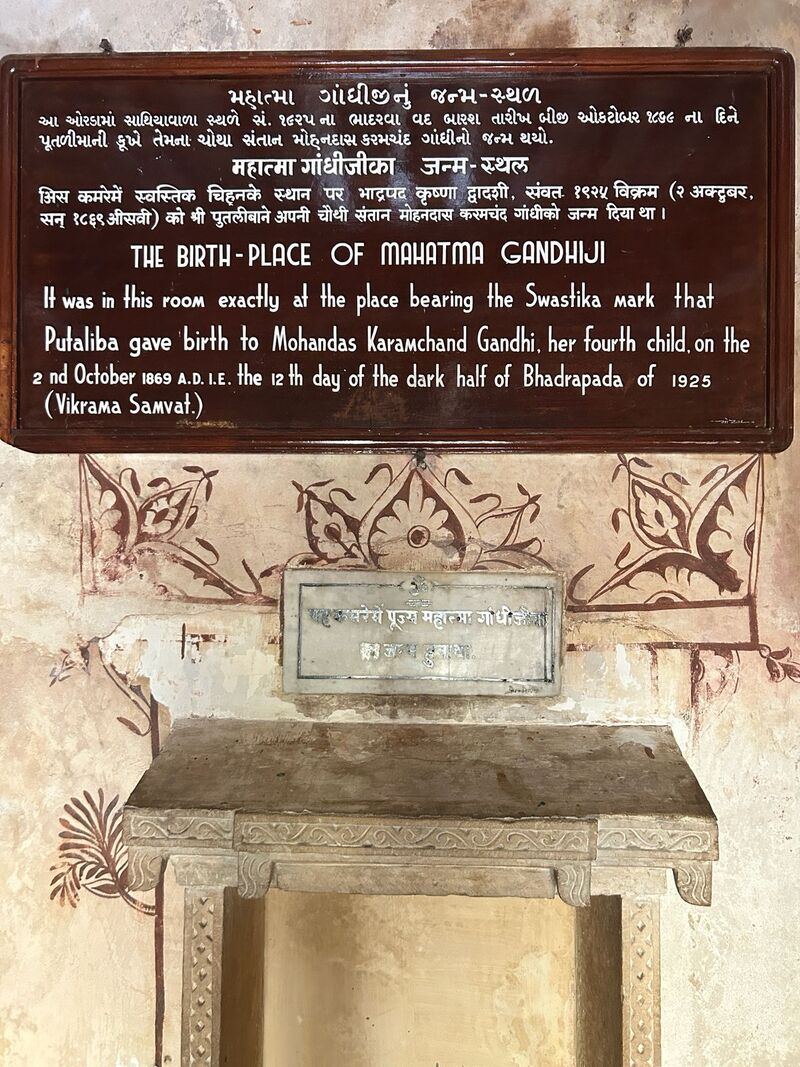
We also visited the Sudama Temple in Porbandar, dedicated to Lord Krishna's childhood friend Sudama. The temple stands as a symbol of the enduring friendship between Krishna and Sudama.
By evening, we reached Somnath and immediately headed to the magnificent Somnath Temple, one of the twelve Jyotirlingas. The temple's majestic architecture, set against the backdrop of the Arabian Sea, was breathtaking. We were fortunate to attend the evening aarti, a spiritual spectacle with lights, sounds, and devotional fervor.
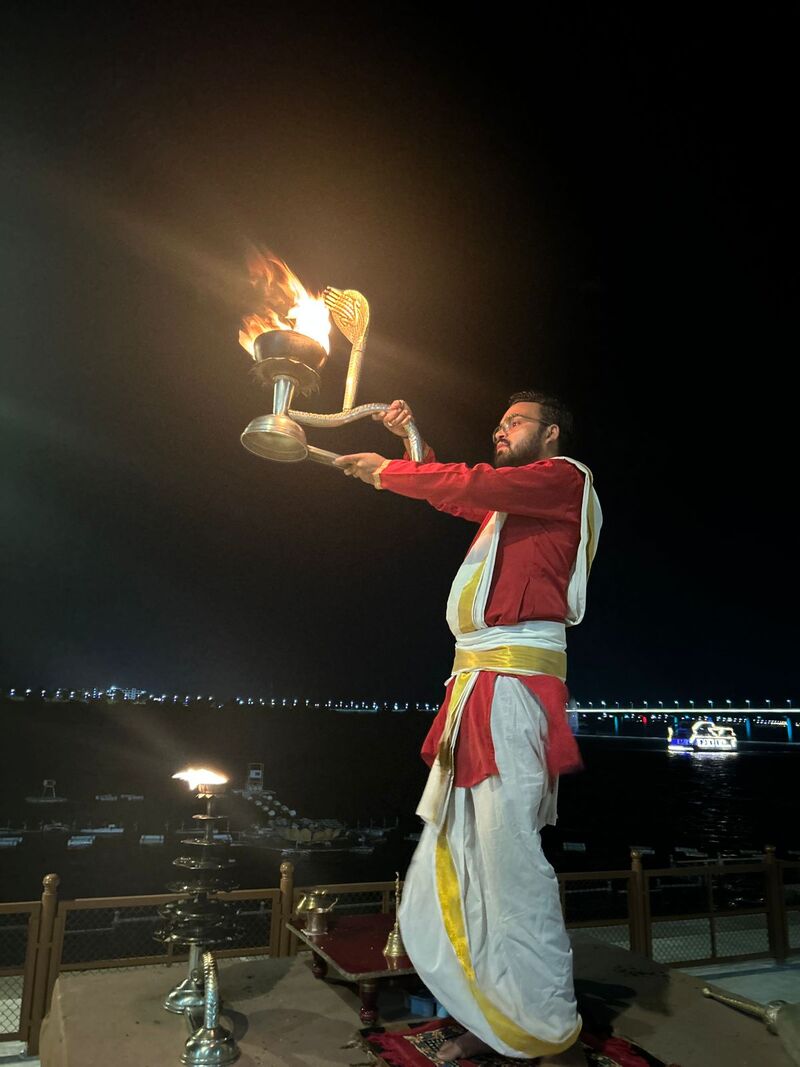
After the aarti, we strolled to the nearby Triveni Sangam, where three sacred rivers meet the sea. The spot is believed to be where Lord Krishna left his earthly body, adding to its spiritual significance.
Day 5 - May 12: Journey to Vadodara
This was primarily a travel day. We took a morning train from Veraval (near Somnath) to Vadodara. The journey offered glimpses of Gujarat's diverse landscapes, from coastal plains to fertile farmlands. Upon reaching Vadodara in the evening, we checked into our hotel and rested well, preparing for the adventure-filled day ahead at the Statue of Unity.
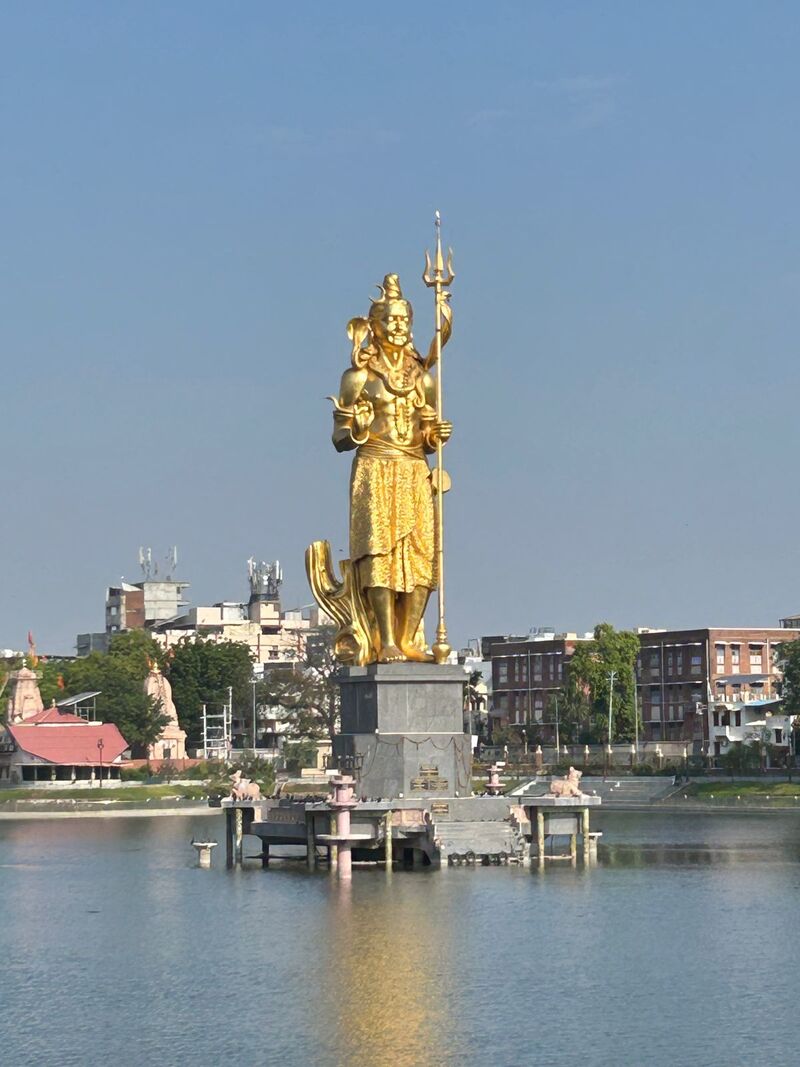
Day 6 - May 13: Statue of Unity - A Day of Awe and Reflection
This was the highlight of our trip—and also the most exhausting. The Statue of Unity, the world's tallest statue at 182 meters, is a tribute to Sardar Vallabhbhai Patel, India's first Deputy Prime Minister and a key figure in uniting the princely states after independence.
We started our day with the Jungle Safari, an extensive wildlife tour that took us about 3 hours. The safari park houses various animals including lions, leopards, white tigers, rhinos, zebras, giraffes, and chimpanzees. We initially walked through some sections and then took a buggy for the rest of the tour.
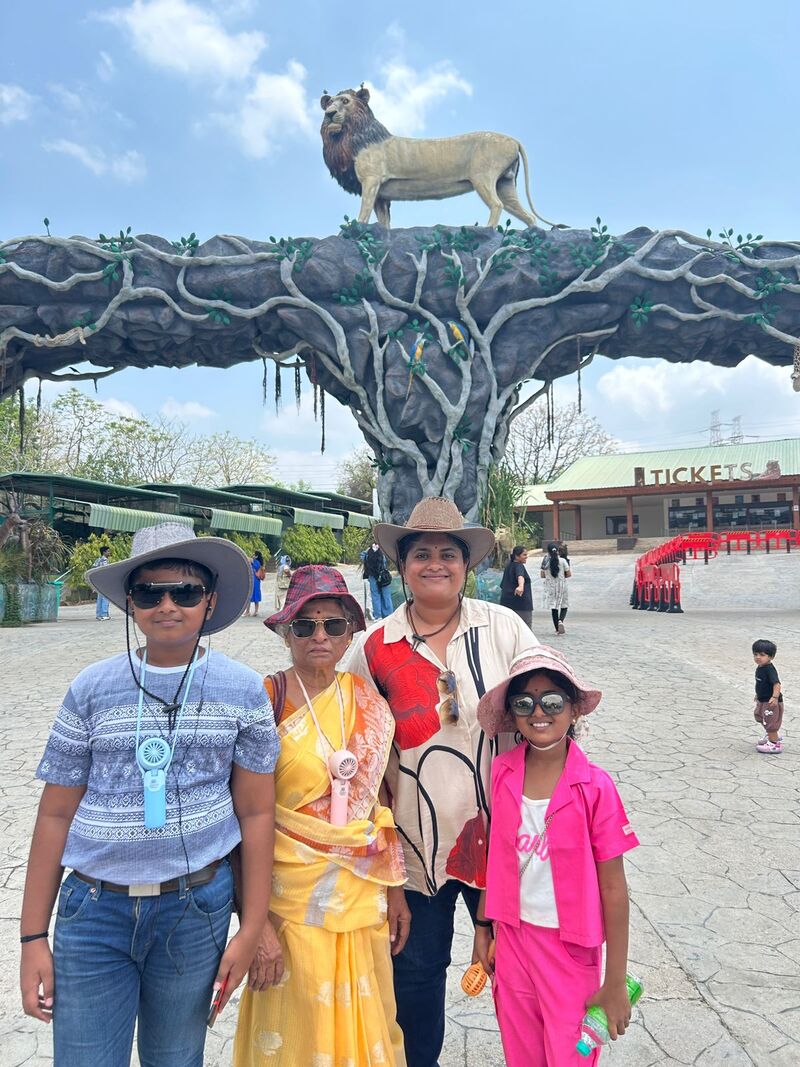
Next, we visited the Valley of Flowers, a beautifully landscaped garden with a variety of flowering plants. The peaceful environment and vibrant colors made it a perfect spot for family photos.
For lunch, we stopped at the Ekta Nursery - Tribal Lunch Café, where we savored delicious local Gujarati food, hygienically prepared and served. The café not only offered a taste of regional cuisine but also supported the local tribal community.
Post-lunch, we finally headed to the Statue of Unity. We took the high-speed elevator to the viewing gallery at chest level of the statue, which offers panoramic views of the surrounding Narmada River and the Sardar Sarovar Dam. The statue itself is an engineering marvel, with intricate detailing and sturdy construction that can withstand extreme weather conditions.
As evening approached, we witnessed the mesmerizing Laser Show projected on the statue and the dam. The show narrates the life and contributions of Sardar Patel through colorful visuals and sound effects.
We concluded our day with the Narmada Aarti, a soulful riverside prayer ceremony that adds a spiritual touch to the technological marvel of the statue.
Due to fatigue, we missed the Dam Light & Sound Show and the Glow Garden, but these are recommended experiences for those with more energy or time.
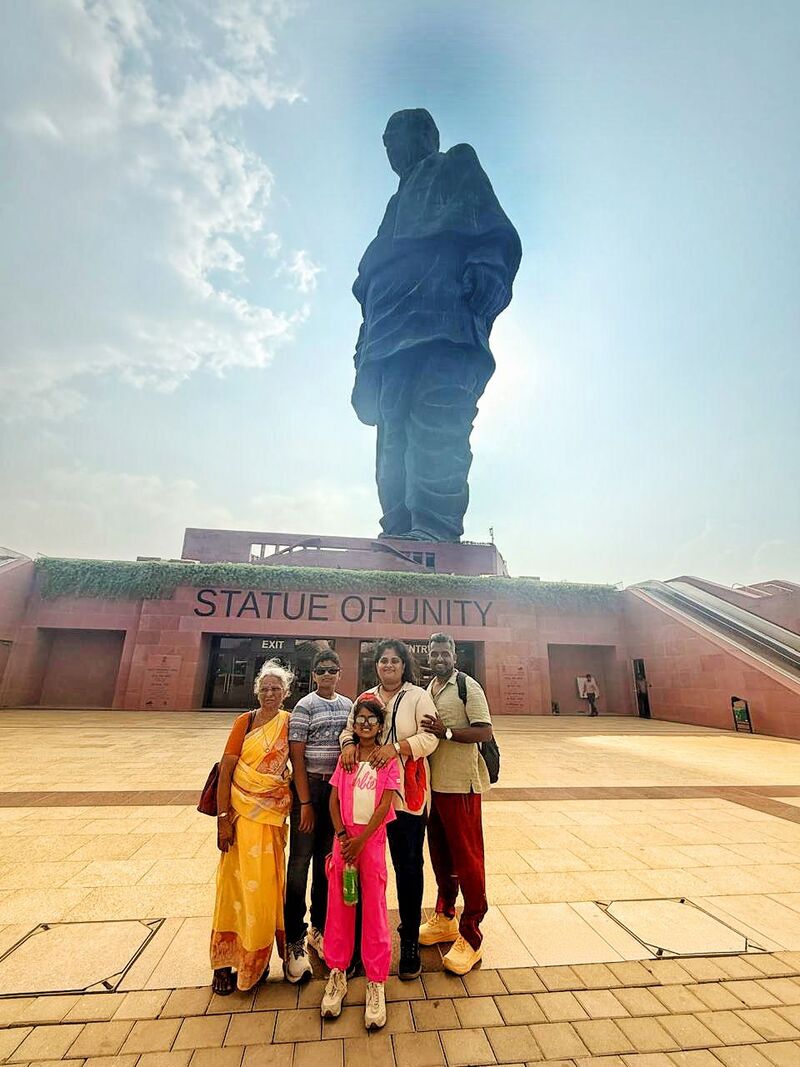
Food & Experience
Throughout our trip, we enjoyed various local Gujarati delicacies. The food was predominantly vegetarian but incredibly diverse and flavorful. Some of our favorites included:
- Dhokla - Steamed savory cake made from fermented rice and chickpea flour
- Thepla - Multi-grain flatbread, perfect for travel
- Undhiyu - Mixed vegetable curry, a winter speciality
- Khandvi - Soft rolls made from gram flour and yogurt
- Tribal cuisine at Ekta Nagar - Simple yet flavorful dishes using local ingredients
What We Loved:
- Local food across Gujarat, especially tribal meals at Ekta Nagar
- Cleanliness and overall maintenance at major tourist spots
- The spiritual aura of Dwaraka and Somnath
- The engineering marvel of the Statue of Unity
What Could Be Better:
- Staff at Statue of Unity lacked hospitality; most were disengaged on phones
- Viewing deck at the statue is underwhelming and poorly maintained
- Souvenir shops had little to offer
What to Carry (Especially in Summer)
- Sunscreen lotion - Gujarat can be extremely hot, especially in May
- Caps/Hats - Essential for outdoor sightseeing
- Sunglasses - Protect your eyes from the harsh sun
- Reusable water bottles - Stay hydrated throughout the day
- Comfortable walking shoes - You'll walk A LOT
- Energy snacks - Keep your energy levels up during long tours
Suggested 7-Day Itinerary
| Day |
Destination |
Activities |
| 1 |
Ahmedabad |
Sabarmati Ashram, Riverfront, Atal Bridge, Kankaria Lake |
| 2 |
Ahmedabad → Dwaraka |
Wedding in morning, train at night |
| 3 |
Dwaraka |
Dwarkadhish Temple, Nageshwar, Bet Dwaraka, Rukmini Temple |
| 4 |
Dwaraka → Somnath |
Via Porbandar: Harshidhi, Mool Dwaraka, Gandhi house, Sudama temple |
| 5 |
Somnath |
Somnath Temple, Beach, Sangam |
| 6 |
Somnath → Vadodara |
Rest day, train journey |
| 7 |
Vadodara |
Statue of Unity, Jungle Safari, Valley of Flowers, Tribal lunch, Light Show |
Final Thoughts
Gujarat blends spirituality, history, and modern marvels beautifully. From the sanctity of Dwaraka and Somnath to the awe-inspiring scale of the Statue of Unity, this trip offered a bit of everything. The state showcases India's rich cultural heritage while embracing technological advancement and conservation efforts.
With better tourist engagement and maintenance in some areas, Gujarat has the potential to truly shine on the global tourism map. For families seeking a blend of spiritual tourism, history, and modern attractions, Gujarat offers a comprehensive package that caters to all age groups and interests.
